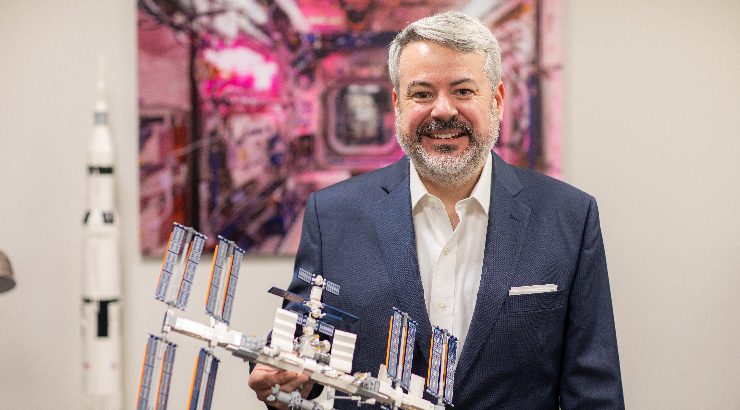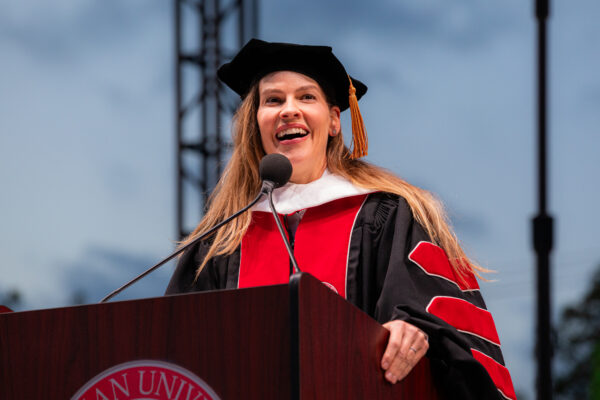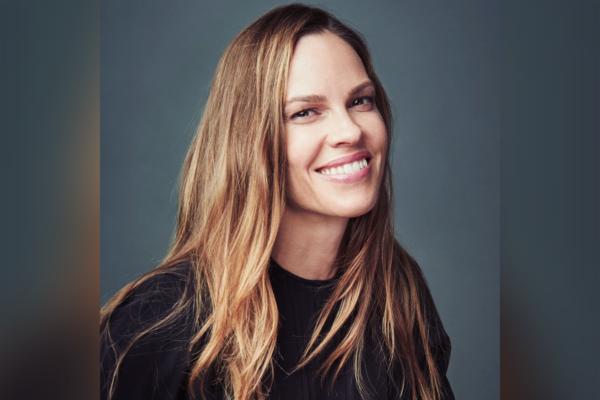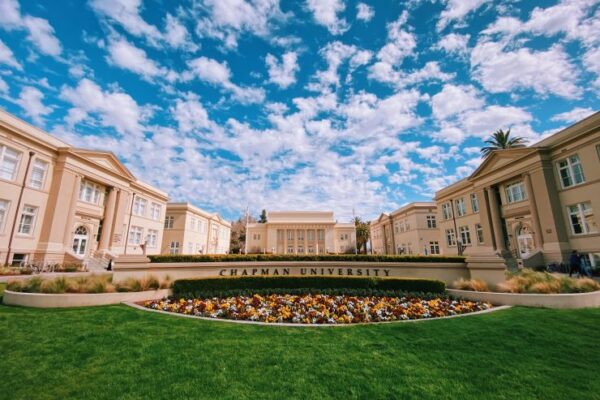The first-ever archeological survey in space has provided new insights into how astronauts use and adapt their living space on the International Space Station, which could influence the design of new space stations after the ISS is decommissioned.
Findings from the research team behind the International Space Station Archaeological Project (ISSAP) were published today in the journal PLOS ONE. Archaeologist Justin Walsh of Chapman University is available to discuss the discoveries of the team’s first on-orbit project, the Sampling Quadrangle Assemblages Research Experiment (SQuARE).
While Earth-bound archaeologists dig one-meter squares to understand a site and strategize further study, the ISSAP team had the astronauts use adhesive tape to define one-meter areas of the International Space Station and document them with daily photographs to study how the spaces were used over 60 days in 2022. The squares were placed in a handful of work and leisure locations on the space station, including the U.S. galley table, workstations, experimental EXPRESS racks and on the wall across from the latrine where astronauts kept their toiletries.
The team’s findings provide the first glimpse into how astronauts adapt to life and conduct research without gravity, how international cooperation plays out in the tight quarters, how they use their space for work and leisure while in orbit, and more. By cross-referencing the photos with astronaut activity reports, the researchers found that the area near the exercise equipment and latrine, while not designated for any particular purpose, had been used as storage for toiletries, resealable bags, and a rarely used computer. The equipment maintenance area was actually used for storage, with little maintenance carried out there.
Beyond informing the future of space habitats, these findings demonstrate how traditional archaeological techniques can be adapted to study extreme and remote habitats, such as Antarctic research stations or the peak of Mt. Everest. ISSAP’s innovative work on SQuARE won awards from the Archaeological Institute of America and the American Anthropological Association in 2023, and the team’s two co-PIs were both named to the Explorers Club 50 Class of 2024.
“Archaeology is not just about the very distant past,” said Walsh, who is also a co-founder of Brick Moon, a consultancy in space habitat design and use. “It’s about using objects, artifacts, built spaces and architecture as primary evidence for how humans behave, interpret and adapt to the world around them. Archaeology has a place in space.”
About Chapman University
Founded in 1861, Chapman University is a nationally ranked private university in Orange, California, about 30 miles south of Los Angeles. Chapman serves nearly 10,000 undergraduate and graduate students, with a 12:1 student-to-faculty ratio. Students can choose from 123 areas of study within 11 colleges for a personalized education. Chapman is categorized by the Carnegie Classification as an R2 “high research activity” institution. Students at Chapman learn directly from distinguished world-class faculty including Nobel Prize winners, MacArthur fellows, published authors and Academy Award winners. The campus has produced a Rhodes Scholar, been named a top producer of Fulbright Scholars and hosts a chapter of Phi Beta Kappa, the nation’s oldest and most prestigious honor society. Chapman also includes the Harry and Diane Rinker Health Science Campus in Irvine. The university features the No. 4 film school and No. 66 business school in the U.S. Learn more about Chapman University: www.chapman.edu.
Media Contact:
Molly Thrasher. Director of Public Relations | thrasher@chapman.edu | Mobile: 657-561-4359
Carly Murphy, Public Relations Coordinator | carmurphy@chapman.edu | Desk: 714-289-3196 | Mobile: 714-497-9683




